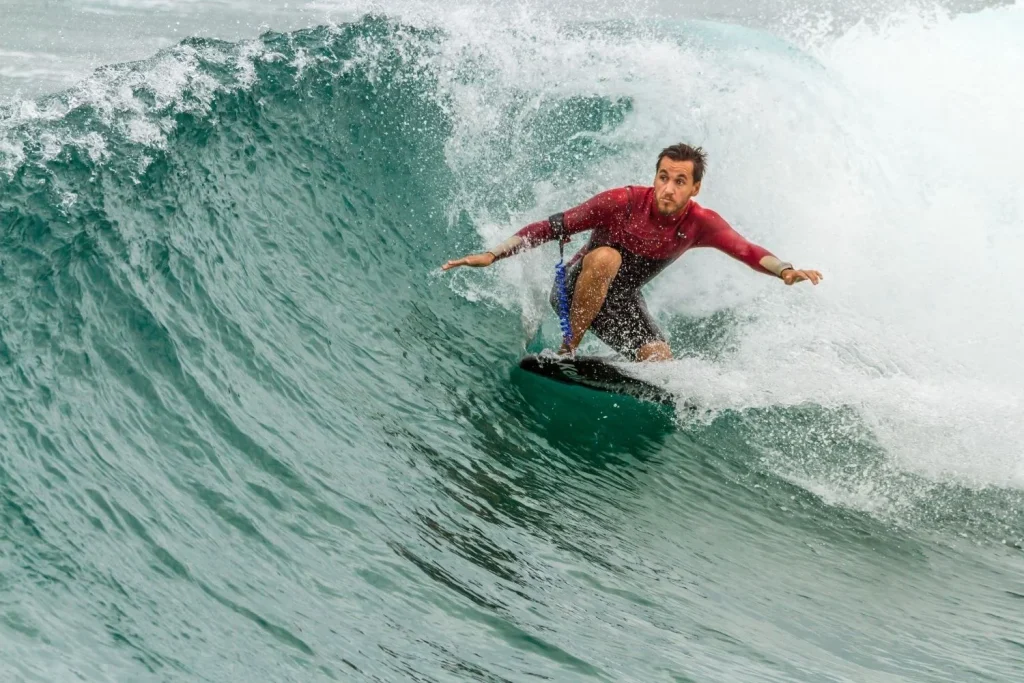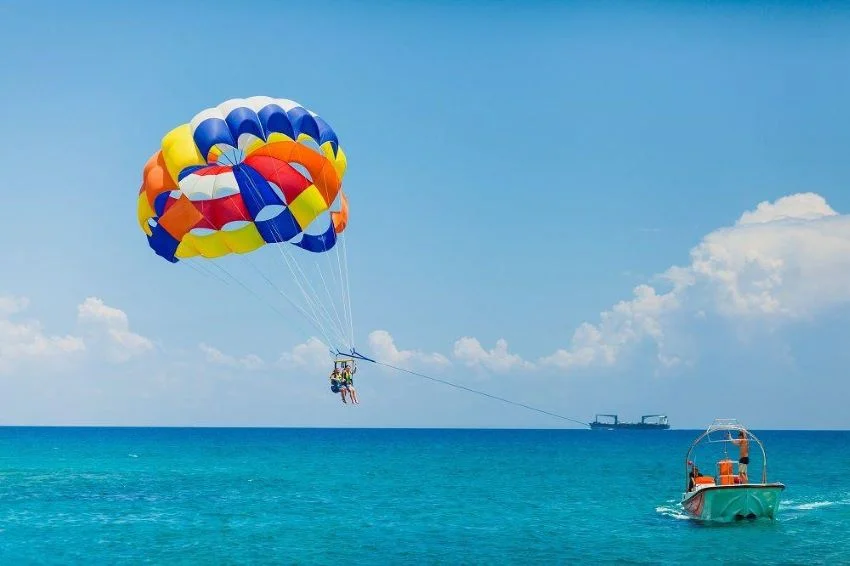Andaman And Nicobar Tour Packages
Andaman And Nicobar Family Tour Packages
Andaman Water Sports Tour Package
Andaman And Nicobar Honeymoon Tour Packages
Andaman Budget Tour Package
Best Time to Visit Andaman and Nicobar: Finding the Perfect Time to Visit
Andaman and Nicobar Islands beautiful places in the blue waters of the Bay of Bengal are remarkable for their variety of plants and animals, unique cultures, and breathtaking sightscapes that have been drawing visitors from around the globe to this place. Many enjoyable activities include snorkeling and discovering ancient forests. The Andaman and Nicobar Islands are beautiful sites with sunny beaches and lots of colorful fish in the ocean. Different times of the year give you different fun experiences. Whether you want to see sunshine, go scuba diving, or escape the hustle and bustle of crowds, the best time to visit Andaman and Nicobar Islands depends totally on your preferences. In this article, we help you figure out the ideal times to go to the Andaman and Nicobar Islands so that you may make it the best-ever vacation!
Book here Andaman and Nicobar tour packages.
Winter Season in Andaman and Nicobar (October to February)

The Andaman and Nicobar Islands are some of the best places to visit during winter. During the period from October onwards, the weather turns mild and pleasant with temperatures ranging between 20 and 30 degrees Celsius. This makes it an ideal season for sightseeing, scuba diving, and snorkeling. Winter is also peak season for tourists, so there’s always vibrant island life, active markets, and much to see when it comes to cultural heritage sites and natural marvels. Dampness is moderate, which means that the sea is rather calm, and clear blue skies are just perfect for picturesque boat excursions to neighboring islands, but one needs to reserve earlier in advance since the places get quite crowded.
Summer Season in Andaman and Nicobar (March to June)

Summer season also begins in March in the Andaman and Nicobar Islands, as the weather remains hot, with a temperature of 24 to 37 degrees Celsius. The warmth induced by it can be tempered by the ocean breeze, especially on the beaches, making it pleasant enough for beach enthusiasts. Water sports, including jet-skiing, parasailing, and diving, can be very enjoyable during this season because the warm water temperatures attract enough marine life. As a result, it also caters to fewer tourists than in winter, so travelers who wish for a less crowded experience will find it here. Although it can get extremely hot in May and June, these are generally cheaper times for accommodations, less crowded for popular tourist spots, and hydrating well is important with sun protection.
Monsoon Season in Andaman and Nicobar (July to September)

Heavy rains and occasional thunderstorms characterize the monsoon season that comes in July; although temperatures range from 22 to 30 degrees Celsius, heavy rainfall during monsoon time can quickly ruin travel plans, especially when such activities take place on water. It is an off-season period, so the budget-conscious tourists who wouldn’t mind a few rain showers in one or two days and like a very serene less touristic scenario would love to visit at this time. You will see the dramatic beauty of wet forests and the mist-covered hills while visiting during the monsoon period. Though the boat services to some islands may be restricted due to rough seas as well as keeping checking the weather forecasts now and then are also appreciated. Despite the rain, this season has its charm and is suitable for nature lovers looking to relax in a peaceful environment.
Tips for travelling to Andaman and Nicobar
1. Plan Your Travel: Book flights, ferries, and accommodations early, especially if visiting during peak season (October to February). This helps secure better options and avoids last-minute hassles.
2. Pack Accordingly: Bring light clothing, sunscreen, hats, and swimwear for the tropical climate, plus insect repellent, especially in the monsoon season. These essentials will help keep you comfortable and protected.
3. Respect Environmental Rules: Avoid littering, don’t collect coral or shells, and use reusable bags since plastic is often banned. This keeps the islands clean and preserves their natural beauty.
4. Carry Cash and Check Connectivity: ATMs are mostly in Port Blair, and some islands have limited cash and mobile connectivity, so carry cash and prepare for digital breaks. This ensures smoother transactions and communication.
5. Be Mindful of Restricted Areas: Certain areas are protected for indigenous tribes, and visitor entry is restricted. Always check permissions and respect local guidelines to avoid disturbances.
6. Enjoy Water Activities Safely: Use licensed operators for activities like snorkeling and diving, and follow all safety instructions. These precautions help ensure a safe and enjoyable experience.
Conclusion
In conclusion, from October to February, the Andaman and Nicobar Islands are most favorable to visit during the winter season as this time presents a good time with cool breezes and clear skies along with having calm sea for visits to the island, fun at the beach, and diving in the watery sports. Summer, March through June, is also a good option though it’s a bit warm and is perfect for more quiet times. This is a monsoon season, from July to September. The time is much less visited by tourists and full of luscious greens but comes with frequent rains that might interfere with plans. However, each season has its unique charm, but winter remains the most comfortable and popular season for visitors to enjoy all the beauty of the islands.
Here you can also check our Andaman and Nicobar tour packages.
People also ask about the Best Time to Visit Andaman and Nicobar
1. What is the best season to visit the Andaman and Nicobar Islands?
The winter season from October to February is ideal, offering pleasant weather, calm seas, and great conditions for water activities and sightseeing.
2. Can I visit the Andaman and Nicobar Islands during the summer season?
Yes, summer (March to June) is also a good time, although it is warmer. The ocean breeze makes it manageable, and there are fewer crowds compared to the winter season.
3. Is it safe to visit during the monsoon season?
You can visit during the monsoon (July to September), but heavy rains may limit activities, especially water sports and island hopping. However, this off-season has fewer tourists and lush, green landscapes.
4. What activities can I enjoy in Andaman during the winter?
Winter is perfect for outdoor activities like snorkeling, scuba diving, island tours, beach relaxation, and sightseeing, thanks to mild temperatures and calm seas.
5. Are accommodations cheaper in certain seasons?
Yes, prices tend to be lower in the summer and monsoon seasons, while winter is the peak season, so rates for hotels and tours may be higher.
6. Does the winter season see a lot of tourists in Andaman?
Yes, October to February is peak tourist season, so the islands can get crowded. Booking accommodations and travel plans in advance is recommended.
7. Will I experience strong sun in the Andaman Islands during any season?
The sun can be strong year-round, so it’s advisable to wear sunscreen, hats, and sunglasses, regardless of the season.
8. Which is the most affordable time to visit Andaman and Nicobar?
The monsoon season from July to September is the most budget-friendly time, with fewer tourists and discounted accommodations.
